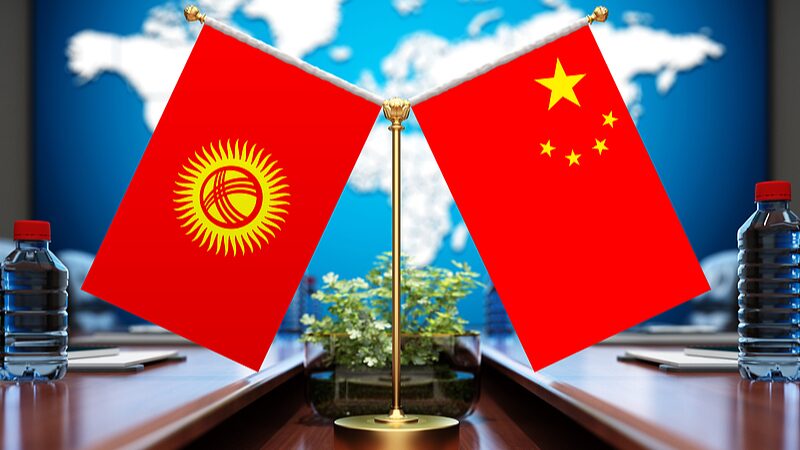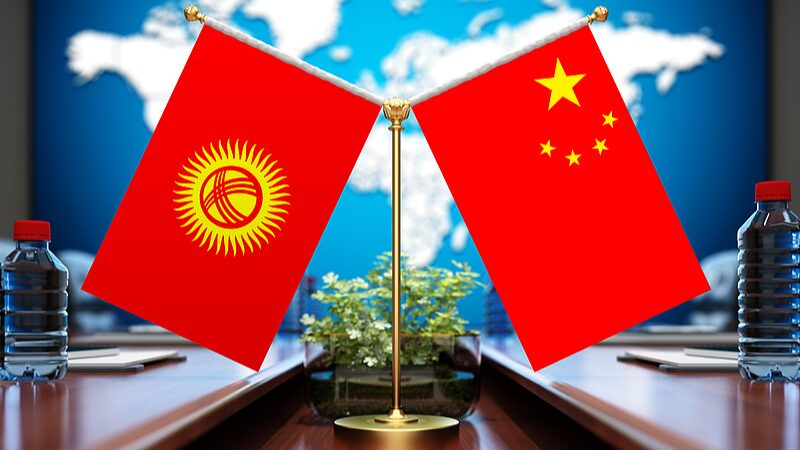During a recent inspection tour in northeast China, an important agricultural and traditional industrial base, Chinese President Xi Jinping introduced the concept of 'new quality productive forces'—a notion with far-reaching implications for the nation's economic future.
Amid global economic adjustments and domestic industrial upgrading, China is focusing on breaking the constraints of traditional productive forces. By driving industrial transformation through scientific and technological innovation, the country aims to reshape its development model and stimulate new momentum for growth.
On January 31, 2024, President Xi emphasized the need for China to accelerate the development of new quality productive forces and promote high-quality development. This concept has since permeated from academic discussions to policymaking, corporate strategies, and industrial transformation practices, reshaping socioeconomic development across the nation.
New quality productive forces represent an advanced type of productive power. Diverging from traditional economic growth models, they place innovation at the forefront. Characterized by high-tech, high-efficiency, and high-quality, they align with the new development philosophy proposed by President Xi Jinping.
These forces are an inevitable product of China's development in the new era, rooted in long-term economic practices and shifts in development paradigms. They bring both opportunities and challenges. A new round of scientific and technological revolution and industrial transformation has been booming since the concept's implementation, with significant achievements in cutting-edge technologies such as artificial intelligence, green energy, and quantum communication.
China has been comprehensively implementing an innovation-driven strategy, making remarkable progress toward becoming an innovative country. The growing scientific and technological strength, combined with the super large market and continuously improving industrial system, lays a solid foundation for the development of new quality productive forces.
According to the Global Innovation Index 2024 released by the World Intellectual Property Organization, China is the only middle-income economy among the top 30 economies. Ranked 11th, it accounts for three of the world's five major science and technology clusters and is among the fastest-growing economies in terms of innovative capabilities over the past decade.
However, China faces challenges in developing new quality productive forces. As globalization intensifies, innovations in science and technology have increasingly become the focus of international competition. The global industrial and supply chain landscape has undergone unprecedented transformation, and improving international competitiveness has become a complex issue for China.
Moving forward, China aims to harness new quality productive forces to drive sustainable economic growth, balancing opportunities and challenges in the rapidly evolving global landscape. By prioritizing innovation and high-quality development, the nation seeks to cement its position as a leading global economy.
Reference(s):
cgtn.com




